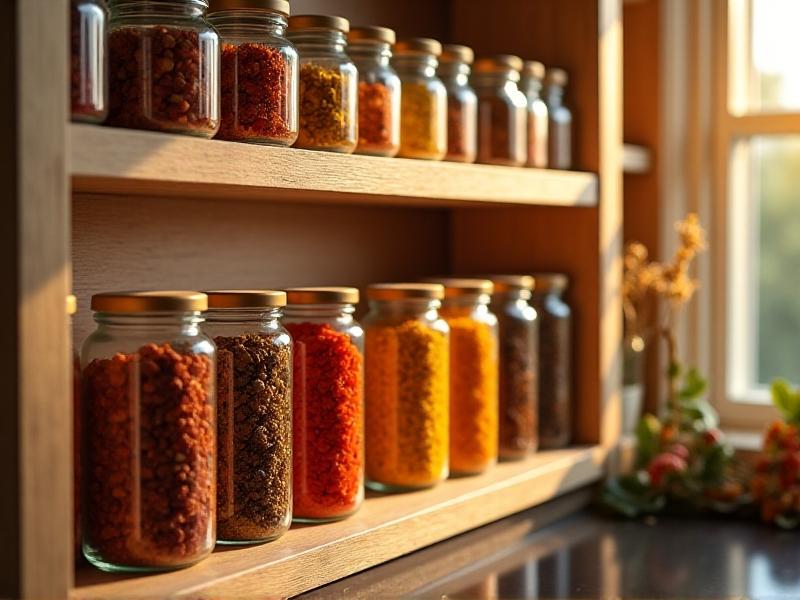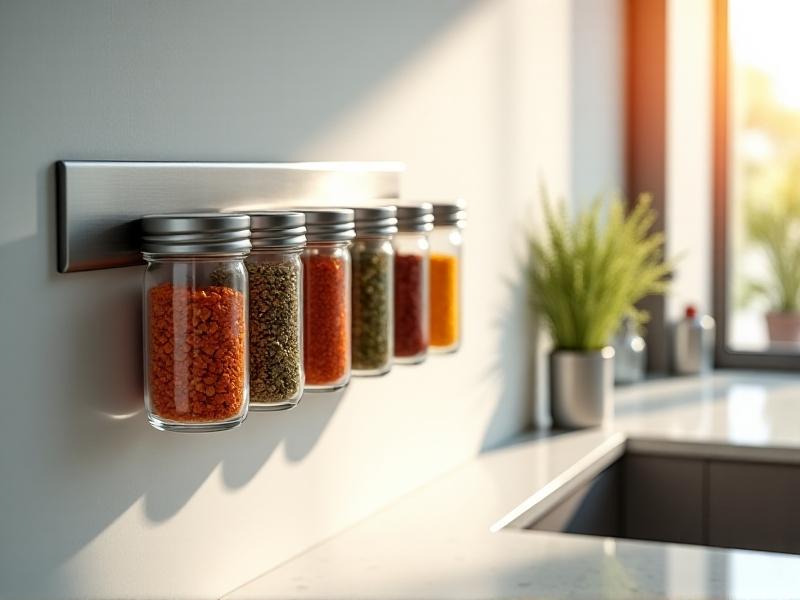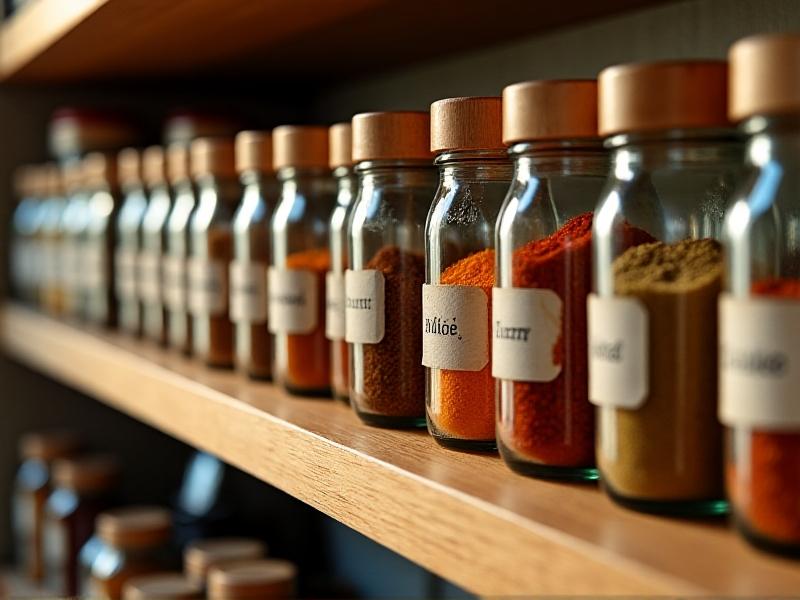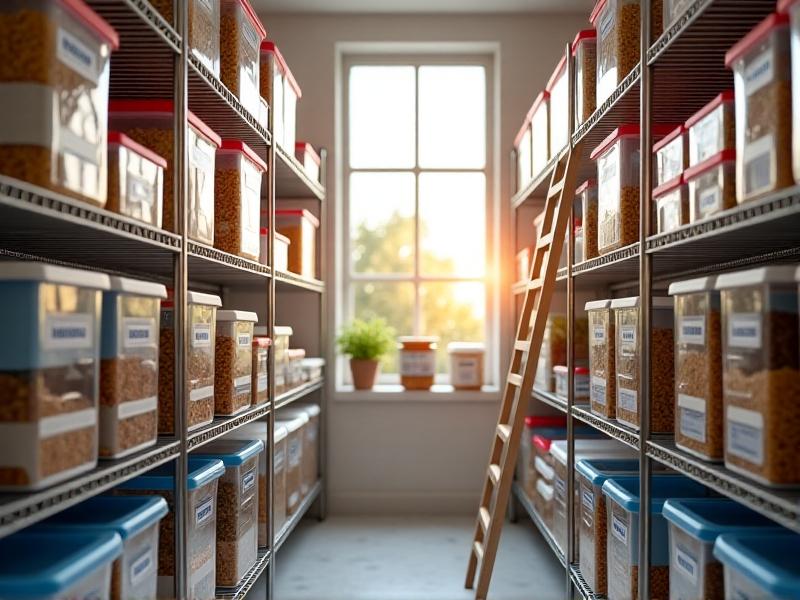Emergency Ration Stacking Strategies
Understanding the Basics of Emergency Ration Stacking
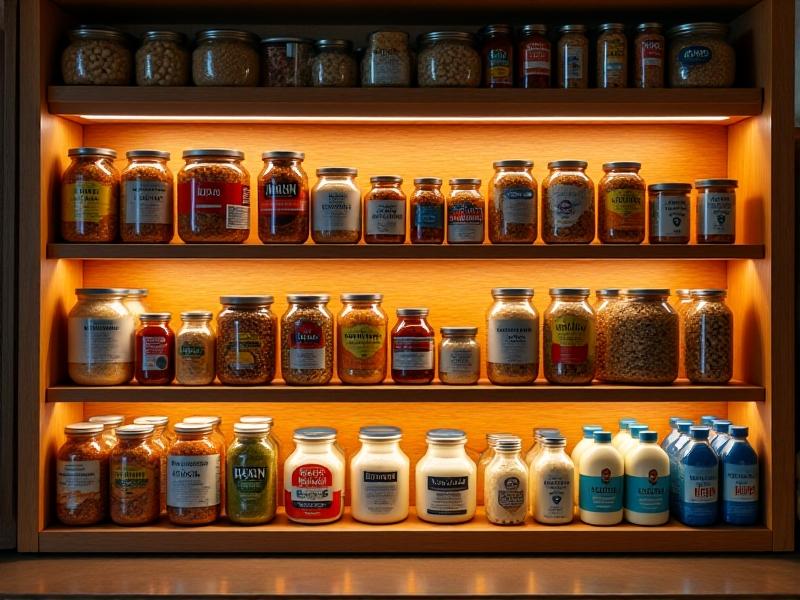
Emergency ration stacking is more than just hoarding food—it’s a systematic approach to ensuring your household remains nourished during crises. Start by assessing your family’s caloric needs, accounting for age, activity levels, and dietary restrictions. A balanced stockpile includes carbohydrates (rice, pasta), proteins (canned meats, beans), fats (oils, nuts), and essential vitamins (freeze-dried fruits, multivitamins). Shelf life is critical: prioritize items with expiration dates of one year or longer. Rotate stock regularly to avoid waste, and store duplicates of key items in separate locations to mitigate risks like pests or water damage.
Creating a Customized Emergency Food Plan

Tailoring your emergency food plan requires analyzing your household’s unique needs. Calculate daily calorie requirements (2,000–2,500 per adult) and multiply by the number of days you’re preparing for. For a 30-day supply, this could mean 120,000–150,000 calories. Factor in meals that require minimal water and cooking fuel, such as ready-to-eat canned soups or energy bars. Include comfort foods to reduce stress during emergencies, but prioritize nutrient density. Document your plan digitally and physically, noting purchase dates and rotation schedules. Test your menu with a 72-hour trial to identify gaps.
Selecting Shelf-Stable Foods for Long-Term Storage
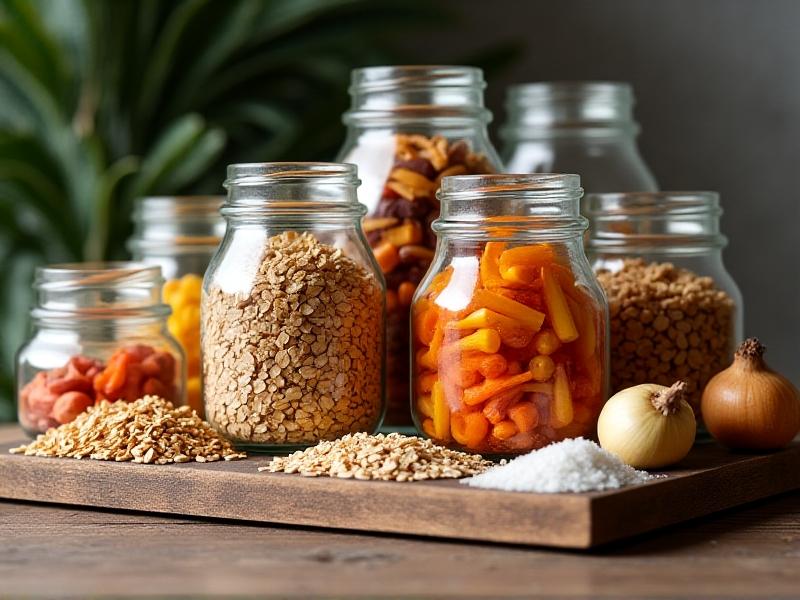
Not all non-perishables are created equal. Opt for freeze-dried or dehydrated foods, which retain nutrients and have shelf lives exceeding 25 years when stored properly. Avoid glass containers in earthquake-prone areas; instead, use BPA-free plastic or Mylar bags with oxygen absorbers. Staples like wheat berries and powdered milk offer versatility but require grinding or reconstituting skills. Include electrolyte tablets and vitamin C supplements to prevent deficiencies. Label every container with contents and expiration dates using waterproof markers, and store incompatible items separately (e.g., keep flour away from fuels).
Optimizing Storage Space and Conditions
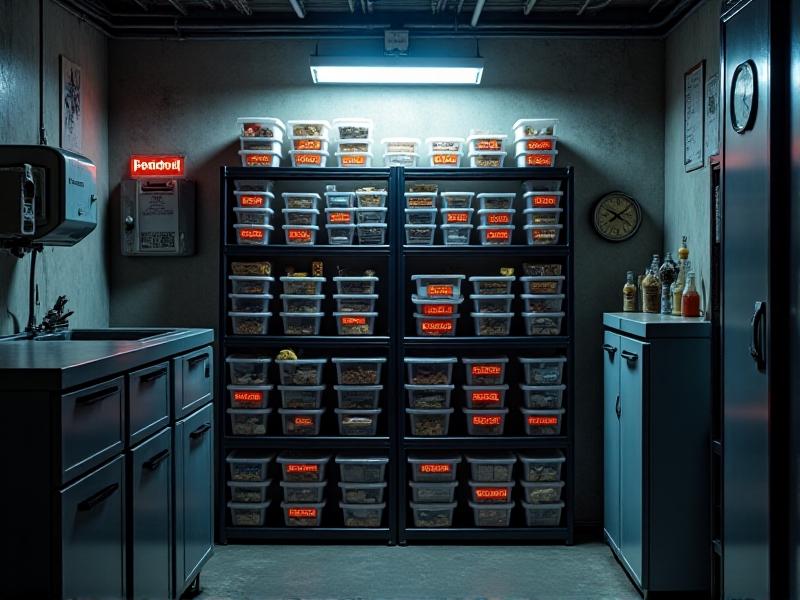
Maximize space by using vertical storage and stackable containers. Store heavy items like water jugs on bottom shelves to prevent accidents. Ideal conditions include temperatures below 70°F (21°C) and humidity under 15%. Use silica gel packets in containers to combat moisture, and avoid areas near chemicals or gasoline fumes. Consider off-site caches—a weatherproof storage shed or a trusted neighbor’s home—to diversify risk. For urban dwellers, under-bed vacuum bags or hanging closet organizers can discreetly hold rations. Regularly inspect for signs of pests, mold, or temperature fluctuations.
Implementing a Rotation System to Prevent Waste
The FIFO (First In, First Out) method is crucial for maintaining freshness. Designate a “current use” section in your pantry for nearing-expiration items and a “long-term storage” area for newer purchases. Schedule biannual checks aligned with daylight saving time changes. Donate soon-to-expire goods to food banks if possible. Use apps like Food Rotation Planner to track dates automatically. For bulk items like rice or flour, transfer portions into smaller containers after opening to limit exposure to air. Always replace what you consume during drills to keep stock levels consistent.
Addressing Dietary Restrictions and Special Needs
Adapt your stockpile for allergies, diabetes, or religious dietary laws. Gluten-free oats, kosher-certified meals, or low-sodium canned vegetables may be necessary. Include prescription medications and medical supplies like glucose monitors, factoring in a buffer for delayed refills. For infants, stock formula and diapers—formula shortages during disasters are common. Soft foods like applesauce or meal-replacement shakes benefit elderly family members with chewing difficulties. Document emergency protocols for severe allergies, including EpiPen storage locations and emergency contact cards.
Balancing Nutrition and Shelf Life in Meal Planning
Long-term food storage often sacrifices fresh produce, so compensate with fortified foods. Combine textured vegetable protein (TVP) with rice to create complete proteins. Add flaxseed or chia to oatmeal for omega-3s. Include a mortar and pestle to grind grains or crush vitamin tablets if needed. For morale, stock dark chocolate (high in antioxidants) or hard candies. Test recipes using only shelf-stable ingredients—for example, lentil curry with powdered coconut milk. Keep a manual grain mill and sprouting seeds to add fresh greens to meals after a week.
Incorporating Water Procurement and Purification
Store at least one gallon of water per person daily, but supplement with purification methods. Water bricks with handles are space-efficient, while collapsible jugs save room post-use. Learn to collect rainwater using food-grade barrels and gutter systems. Boiling remains the gold standard for purification, so include portable stoves and fuel. For chemical treatment, combine iodine tablets (effective against bacteria) with chlorine dioxide for viruses. A Berkey filter with ceramic elements can process pond water. Test stored water annually for bacteria and rotate every six months.
Building a Community-Centric Emergency Food Network
Pool resources with neighbors to create a resilient local network. Host swap meets to trade excess items (e.g., your extra honey for their salt). Collaborate on bulk purchases from emergency food suppliers for discounts. Assign roles based on skills: gardeners grow heirloom seeds, medics manage first aid stocks. Establish communal storage if trust allows, but maintain personal reserves. Share knowledge through workshops on fishing, foraging, or preserving eggs with mineral oil. During crises, a coordinated community reduces duplication and ensures vulnerable members aren’t overlooked.
Evaluating and Adapting Your Strategy Over Time
Reassess your stockpile biannually or after life changes—a new family member, relocation, or diagnosis. Track consumption rates during practice drills to adjust quantities. Stay informed about advancements in food preservation; for example, irradiated spices now last decades. Replace compromised containers—check for brittle plastics or corroded cans. Integrate lessons from recent disasters; post-hurricane scenarios may reveal the need for more ready-to-eat foods without cooking. Balance pragmatism with optimism: preparedness isn’t about fear, but about empowering your household to withstand turbulence with confidence.
